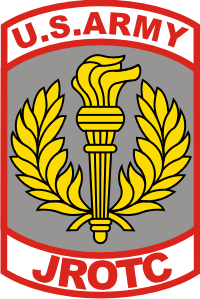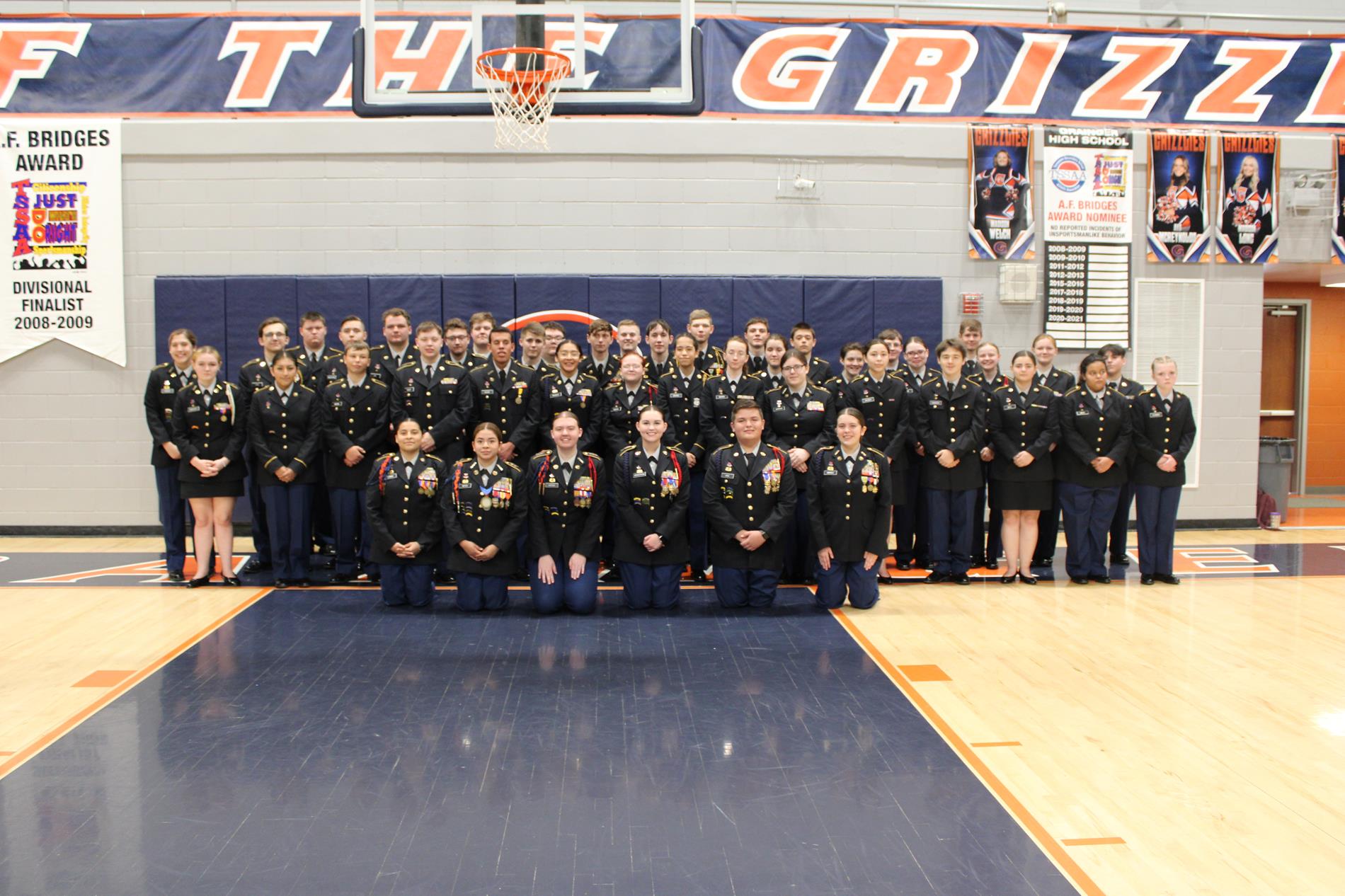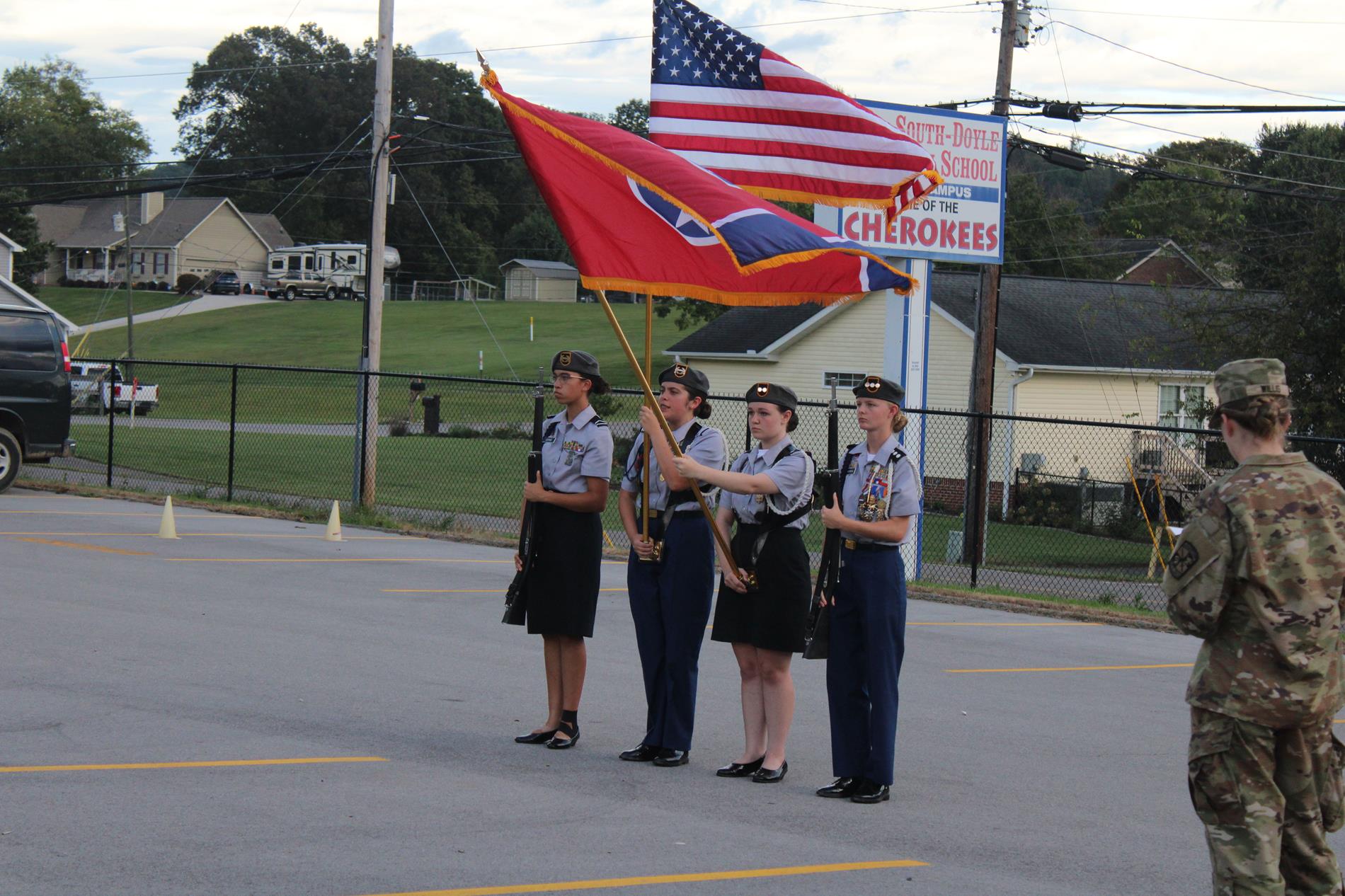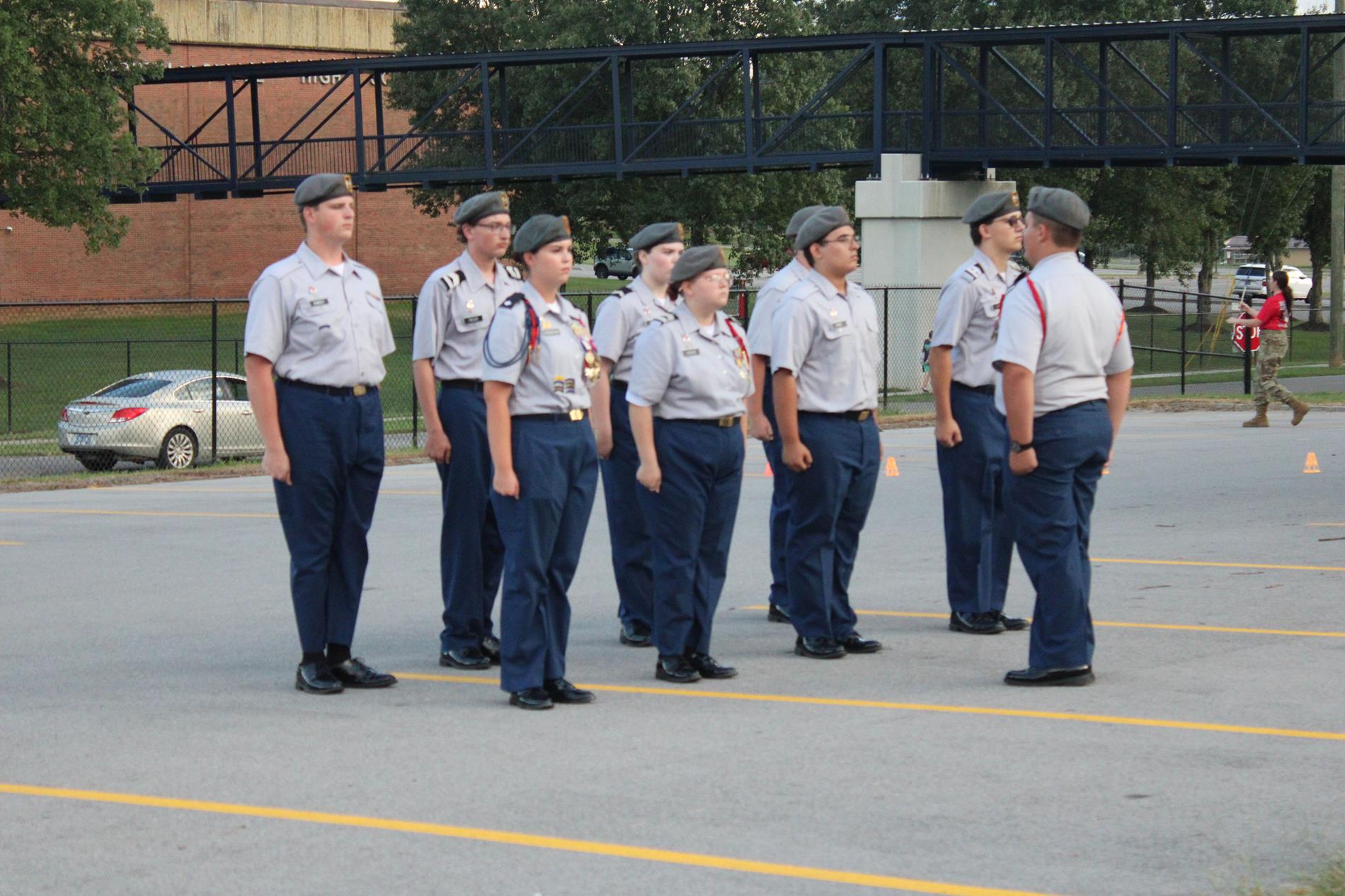JROTC

CADET CHAIN OF COMMAND
BATTALION COMMANDER: CADET MAJ Henderson
EXECUTIVE OFFICER: CADET CPT King
COMMAND SERGEANT MAJOR: CADET CSM Amabile
BATTALION S1 (PERSONNEL): CADET SGT Jestice
BATTALION S2 (SECURITY/WEATHER): CADET SSG Ragestorm, E
BATTALION S3 (OPERATIONS): CADET CPT Kuykendall
BATTALION S4 (LOGISTICS): CADET 1LT Burchett
BATTALION S5 (PUBLIC AFFAIRS): CADET MSG Ragestorm, D
COMPETITION TEAMS
COLOR GUARD - CADET CSM Gina Amabile
DRILL TEAM - CADET CPT John King
ACADEMIC TEAM - CADET CSM Gina Amabile
RAIDER TEAM - CADET MAJ Abby Harvey
The MISSION of JROTC is to motivate young people to be better citizens. The program provides Cadets with motivation and skills to remain drug free, graduate from high school, and become successful citizens. This program also instills in high school students the values of loyalty, duty, respect, selfless-service, honor, integrity and personal courage.
Participation in high school JROTC does not obligate the student to any military service. However, if the student is interested in the military service they may qualify for advance placement in college ROTC programs or in the active or reserve components of the Armed Forces. Cadets may be authorized enlistment after high school as a PFC (E-3) if they complete three or more years in JROTC.
JROTC instruction minimizes the use of lecture. Instruction hinges on performance-oriented training such as student-centered interactive techniques, debates, small-group discussion, role playing, self-paced modules, and teaching strategies that emphasize student participation in the classroom. The JROTC curriculum is comprised of:
1. Citizenship in Action (Introduction to JROTC)
2. Leadership Theory and Application
3. Foundations for Success
4. Wellness, Fitness, and First Aid
5. Geography, Map Skills, and Environmental Awareness
6. Citizenship in American History and Government
7. Rifle Marksmanship and Range Safety
JROTC instruction is presented using the four- phase lesson plan with the instructor facilitating inquiry, research, and application of knowledge gained. The four-phase lesson plan is comprised of the following progressive stages, ideal for the 90 minute block schedule:
I. Inquire: Share and communicate what students know about the subject.
II. Gather: Investigate, research, and discover new information on the subject.
III. Process: Practice what is learned through hands-on activities such as calculations, presentations, speeches, and drill.
IV. Apply: Transfer what is learned to real life through practical application.
The JROTC program is structured to instill the five competencies in each student. After each class a JROTC student will complete and/or demonstrate at least one of the following competencies:
1. Make a Decision
2. Perform a Skill
3. Perform a Service
4. Solve a Problem
5. Create a Product
Daily demonstration of the competencies will facilitate each student to integrate the following JROTC Core Abilities:
1. Build capacity for life-long learning
2. Communicate using verbal, non-verbal, visual, and written techniques
3. Take responsibility for actions and choices
4. Do your share as a good citizen in the school, community, country, and the world
5. Treat yourself and others with respect
6. Apply critical thinking techniques
Extracurricular Activities: Color Guard, Drill Team, Raider Team, Rifle Team and Academic/Leadership Team. Whitewater Rafting (Ocoee, TN) in the Fall Semester and Ropes Course (NAVITAT - Knoxville, TN) in the Spring Semester.
* JROTC functions like a regular course and is conducted within normal school hours.
**With the exception of extracurricular/Team events
* Students may take up to eight semesters of JROTC.
* Students that complete at least two (2) semesters of JROTC can substitute for lifetime wellness credit. Those that complete three (3) semesters of JROTC can substitute for financial planning credit.
* Summer Training: Training opportunities are available for students to participate in the JROTC Cadet Leadership Camp (JCLC) at Wendell Ford Regional Training Center in Greeneville, KY.
Questions or comments regarding Grainger High School JROTC can be directed to the
Senior Army Instructor LTC Lynn at (865)-243-7114
Army Instructor 1SG Owens at (936)-499-3453
Socials:
Instagram: instagram.com/graingerjrotc
Website: graingerbattalion.wixsite.com/jrotc
TikTok: tiktok.com/@ghs_jrotc_official




